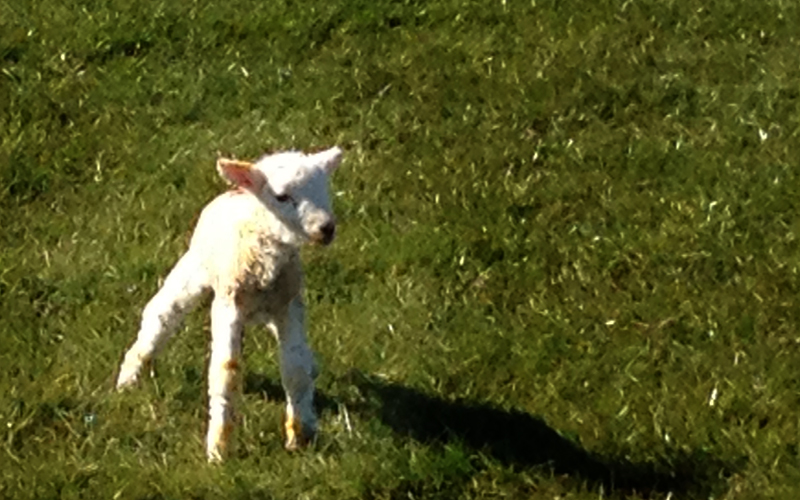April on the farm
As a quick introduction, I am a tenant farmer and farm land around East Guldeford and farther afield. I am certainly not a born and bred Marsh man having moved up from the West Country 21 years ago, so it will still be years before I become a local! Hopefully in my short countryside articles I will try and explain what is occurring on the farm at different times of the year and the reason we do the tasks that may appear unreasonable and alien to others.
April is a very busy time in the farming calendar, especially this year as we try and play catch up from the recent unprecedented wet weather we have endured over the past few months. Calving is in full swing, the spring crops need planting, the winter crops need fertilizing, but the major work will involve lambing our flock of Romney ewes. Traditionally marsh lambing starts on April 1 when hopefully the weather starts to warm up and the grass is beginning to grow.
The marsh is renowned the world over for its Romney sheep and they brought vast wealth to the area. The many marsh churches were built with the wealth gained from having Romney sheep, not forgetting that wool was one of the commodities frequently smuggled. Walland Marsh was always recognised as having the greatest density of sheep per acre than anywhere else in the world, but latterly the historical flocks have dwindled rapidly due to the poor economics of farming them. Most flocks that survive now are grazed on land that Natural England won’t allow to be ploughed for more profitable crops.
Our flock will all have been pregnancy scanned prior to lambing to determine how many lambs each ewe is carrying. This information allows us to feed each ewe accordingly which greatly improves the ewes welfare, along with giving the unborn lambs the exact nutritional requirement. The scanning man can scan 250 sheep an hour with meticulous accuracy; a number that NHS consultants could only dream of . . . but we don’t get a photo of every lamb!
Photo: Tony Nunn



